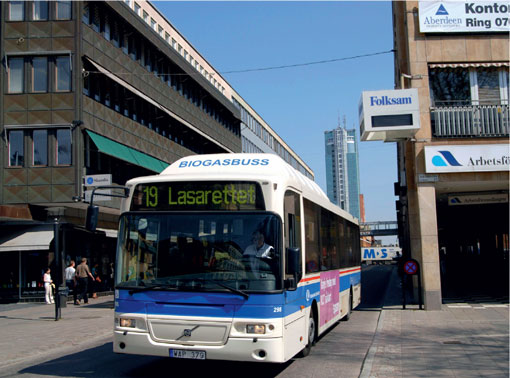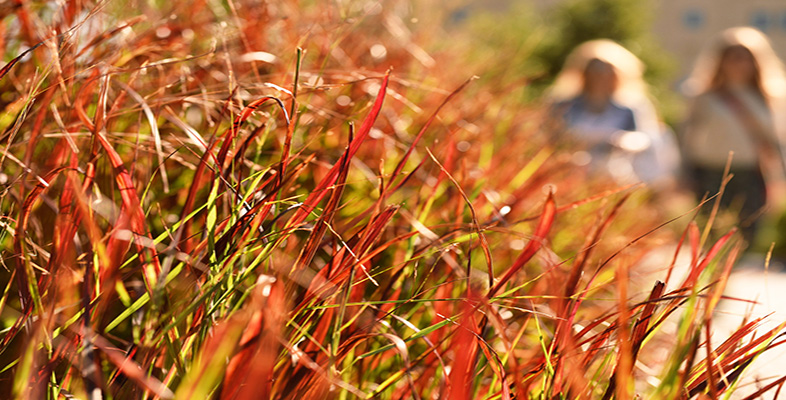6 Biogas
Biogas is mainly a mixture of methane and carbon dioxide produced through the breakdown of organic materials by micro-organisms in the absence of oxygen (that is, under anaerobic conditions). Organic materials can include municipal waste, food and animal waste, sewage, and biomass crops such as switch grass and Miscanthus. Biogas produced in sewage treatment works can be used to generate the electricity to power the works.

Production of biogas from food waste reduces the amount of this waste that reaches increasingly scarce landfill sites; once the gas has been produced any remaining residue can be used as agricultural fertiliser. Biogas also enables a country to produce its own fuel, rather than being dependent on foreign imports. Sweden is currently the world leader in the use of biogas, having the world's first biogas-powered train which runs the 100 kilometre route from Linkoeping to Vaestervik. Although it is powered by biogas produced from animal waste, there is no reason why in the future such transport could not be powered by biogas produced from plant sources. Buses and rubbish trucks in several Swedish towns also run on biogas.
Question 21
Which of the three biofuels mentioned - biodiesel, bioethanol and biogas - requires the least processing in order to produce it?
Answer
Biogas requires very little processing, whereas the production of both biodiesel and bioethanol requires several processing steps each of which incurs a financial cost.
